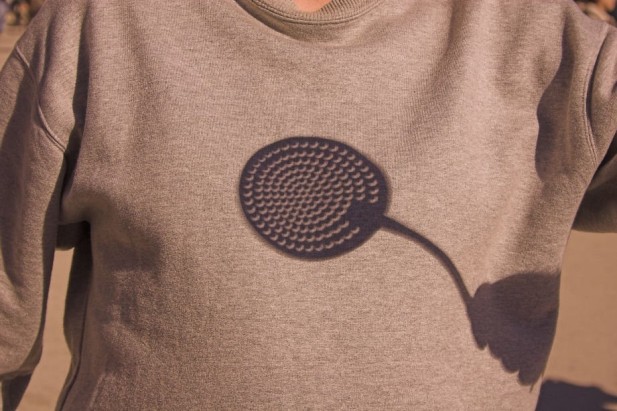Never miss the opportunity to view an eclipse!
Types of Eclipses
There are two main types of eclipses here on Earth: lunar eclipses and solar eclipses.
A lunar eclipse occurs when the Earth is aligned between the Sun and the Moon. This alignment causes the Earth to cast a giant red shadow on the surface of the Moon, causing the eclipse. We can see these at night. The Moon turns a deep red color.
Likewise, a solar eclipse is when the Moon blocks the Sun from reaching Earth. We can see these during the day. The sky becomes dark as the Sun is obstructed by the Moon.
Viewing Solar Eclipses
Interestingly, we might not notice a solar eclipse unless we know to look for it. Why is that? Wouldn’t we notice a giant object in the sky blocking the Sun?
Surprisingly, not necessarily.
To understand why, we need to talk about the types of solar eclipses. There are two types of eclipses: total eclipses and partial eclipses. In a partial eclipse, only part of the Sun is obstructed by the Moon; in a total eclipse, the entire Sun is obstructed by the Moon.
If you happen to be in the region of totality during a total solar eclipse, you will notice the decrease in sunlight. The entire area will essentially be in a shadow for a few minutes.
Even during a total eclipse, however, most of the surface of the Earth will only see a partial eclipse. This is because the Earth is big1, and the alignment can only be “perfect” for a total eclipse in a relatively small band on the surface of the Earth, and even then that only occurs for a short period of time. For these reasons, it is far more likely that you will be in an area with a partial eclipse.
Let’s assume the skies are clear during the eclipse, and half of the Sun is blocked. That means only half of the normal amount of light will reach the surface of the Earth. That sounds like it would be noticeable, but, in fact, a cloudy day is about ten times dimmer than a sunny day! So if you walk outside, something might feel a little off, but the sky will still be bright. If you look directly at the sun (which you should not do), you will still be blinded by the intense sunlight that isn’t obstructed, and your eye will not see the Moon blocking the Sun.
So how can we observe a partial solar eclipse without burning our eyes? Here are several ways to do it.
Method 1: Glasses

Of course, you can buy solar eclipse glasses. These are, in my opinion, the best way to view an eclipse. In addition to making you look like a total nerd, you get to see a crisp image of the crescent Sun that is truly beautiful. These glasses filter out harmful UV and IR rays, and they only allow about one part per million of visible light through. Just be aware that you won’t be able to see anything except the Sun when you wear them.
(Update: apparently there are some fake glasses out there, so you want to check whether they’re legit.)
Method 2: Pinhole Projector

Take an index card or some paper and poke a small hole in it using a pin. Place that card a few inches from a flat surface, and you will see an image of the Sun.
The smaller the hole, the more crisp the image will be. Intuitively, you’re forcing the light to pass through a small opening. That small opening creates the tip of a cone of light, which forms an image. If the hole is small, there is less “wiggle room” for the light to travel through, and you will get a crisp image. If the hole is big, you are allowing light to travel through at multiple angles, causing blurring.
Interestingly , a hole of any shape will resolve to the shape of the light source if it is far enough away from the surface onto which it is casting a shadow. It doesn’t even have to be circular, just “small enough”. (The shape of the hole will cause different blurring effects, but most are not discernible to our eyes.)
If you’re in a pinch, arguably the easiest way to make a pinhole projector is to make a small hole with your fingers. You can see the results of me using my hand below.

As a side note, be careful to not make your hole too small. The smaller the hole, the less total amount of light you will see, which means the image will be dimmer. The bigger the hole, the brighter the image, but the blurrier that image will be.
Also, the bigger the hole, the farther it must be to produce an image. The index card pinhole projector needed only a couple of inches to produce an image, but my hand needed a couple of feet.
NASA shows how you can make some neat patterns with a strainer:

Method 3: Camera
Sure, you could by an expensive lens for your DSLR camera. Or you could place your solar eclipse glasses in front of your camera. But an even easier way to photograph the eclipse is to exploit a lens flare in your phone’s camera.

This happens because the Sun is really bright and causes reflections inside the lens of your camera. These reflections are significantly weaker than the image of the Sun itself, so the image sensor in your camera isn’t saturated there. Just be sure that you don’t destroy your lens by not pointing your camera at the sun for very long! Your lens can start to melt in harsh sunlight.
Or you could get lucky and take a picture with just the right amount of cloud cover like Steve:

-
citation needed ↩︎